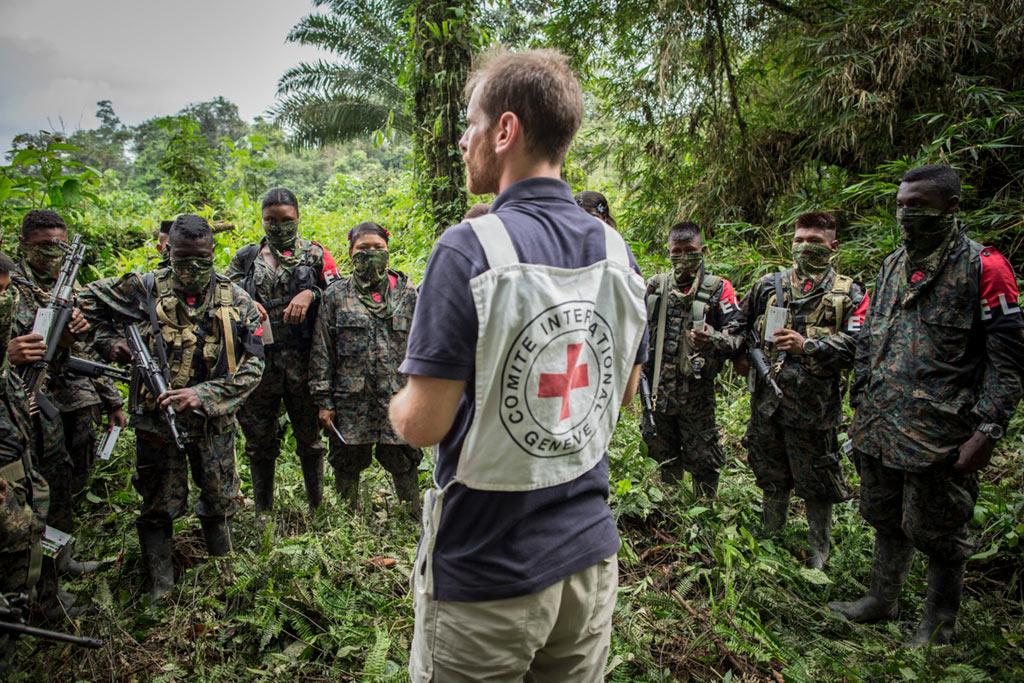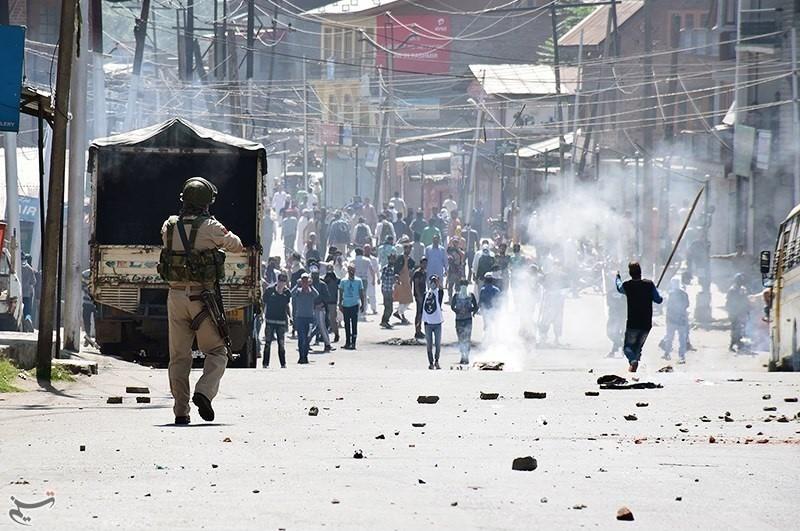The Kashmir insurgency stands as one of the most complex and enduring conflicts in South Asia, shaping the region’s political landscape for over three decades. Rooted in a web of historical grievances, geopolitical rivalry, and socio-economic challenges, this insurgency has not only altered the lives of millions but also influenced international relations in profound ways. In this article, we delve into the origins and underlying causes of the Kashmir insurgency, exploring the factors that have fueled unrest, as well as its far-reaching impact on the people of Kashmir and the broader South Asian region. Whether you’re new to the topic or seeking a deeper understanding, this comprehensive overview aims to shed light on a conflict that continues to demand attention and nuanced dialogue.
Table of Contents
- Historical Context and Root Causes of the Kashmir Insurgency
- Socio-Political Dynamics Shaping the Conflict
- Economic and Humanitarian Impacts on the Region
- Strategic Approaches for Sustainable Peace and Development
- In Summary
Historical Context and Root Causes of the Kashmir Insurgency
The roots of the Kashmir insurgency can be traced back to the 1947 partition of British India, which led to the princely state of Jammu and Kashmir facing a turbulent decision regarding accession. The conflict ignited when the Maharaja of Kashmir, Hari Singh, chose to join India amid tribal invasions supported by Pakistan. This decision catalyzed decades of political unrest and territorial disputes between India and Pakistan, with Kashmir caught at the epicenter. Over time, growing dissatisfaction and allegations of political marginalization among Kashmiris fueled sentiments of alienation. Complex socio-political factors, including the state’s unique identity, religious dynamics, and promises of autonomy, played a significant role in escalating tensions.
Key factors contributing to the insurgency include:
- Historical disagreements: Conflicting claims by India and Pakistan over Kashmir’s sovereignty have perpetuated instability.
- Autonomy erosion: The gradual dilution of Jammu and Kashmir’s special status under Article 370 intensified local grievances.
- Economic disparities: Limited development and unemployment compounded frustrations among youth.
- Human rights concerns: Reports of military excesses and suppression amplified resentment and mobilized resistance.
These elements intertwined to create a volatile environment where insurgency took root, reflecting broader issues of identity, governance, and regional geopolitics. Understanding this deeply layered history is essential to grasp the enduring complexity of the Kashmir conflict.
Socio-Political Dynamics Shaping the Conflict
The complexity of the Kashmir conflict is deeply rooted in its socio-political fabric, where multiple actors and interests collide. At the heart of this turmoil lies a contested identity struggle that transcends religious lines, involving issues of autonomy, nationalism, and regional governance. The dense interplay between local aspirations and external influences has fostered an environment where political disenfranchisement often fuels dissent. Key factors intensifying the unrest include:
- Historical grievances stemming from disputed territorial claims by India and Pakistan;
- The socio-economic disparities exacerbating alienation among youth;
- Influence of political radicalization coupled with limited civil liberties;
- Military presence and the resulting human rights concerns contributing to public mistrust.
This volatile milieu is further complicated by evolving geopolitical agendas and the role of international diplomacy. The continuous cycle of violence and retaliation has entrenched a sense of instability, impacting the social cohesion within communities. However, it is also critical to acknowledge the resilience of Kashmiri society, where calls for peaceful dialogue and democratic reforms persist despite mounting challenges. Understanding these socio-political dynamics offers essential insights into both the persistence of the conflict and avenues for sustainable peace initiatives.
Economic and Humanitarian Impacts on the Region
The ongoing conflict has profoundly disrupted the economic stability of Kashmir, creating a cycle of poverty and unemployment that affects millions. Prolonged insecurity limits investment, stifles tourism, and hampers agricultural productivity, which once served as the backbone of the region’s economy. Local businesses struggle to survive amid intermittent shutdowns and curfews, restricting the flow of goods and services. Key economic challenges include:
- Decline in tourism revenue impacting both local livelihoods and the wider regional economy.
- Disrupted agricultural cycles leading to food insecurity and loss of income for farmers.
- Reduced industrial activity and trade limitations due to security concerns.
- Decreased educational and professional opportunities for the youth.
Beyond economics, the human cost has been devastating, with widespread displacement and psychological trauma affecting generations. The cycle of violence and curfews has undermined access to healthcare, education, and basic human rights. Families live amidst uncertainty, with many experiencing loss or separation, shaping a deeply traumatized society. Humanitarian impacts prominently feature:
- High rates of displacement and internal migration disrupting social fabric.
- Increased incidents of mental health disorders including PTSD and depression.
- Limited access to medical facilities during periods of conflict escalation.
- Interrupted education leading to a lost generation facing reduced future prospects.
Strategic Approaches for Sustainable Peace and Development
Addressing the complex challenges in Kashmir requires a multifaceted approach rooted in inclusive dialogue and sustained socio-economic initiatives. Fostering platforms where diverse stakeholders can engage transparently ensures that grievances are heard and constructive solutions are co-created. Equally imperative is the empowerment of local communities through education, skill development, and equitable resource distribution, which forms the cornerstone of long-term stability. Prioritizing these initiatives builds resilience against cycles of violence and hardens the foundation for peaceful coexistence.
Collaborative governance models embodying regional cooperation and shared responsibilities enhance the prospects for enduring peace. Targeted investments in infrastructure, healthcare, and renewable energy not only stimulate economic growth but also bridge development disparities that fuel discontent. Key strategic components include:
- Promoting inter-community dialogue and trust-building exercises
- Strengthening institutions to ensure justice and accountability
- Implementing transparent policy reforms that reflect local needs
- Encouraging youth engagement as agents of positive change
- Leveraging technology for better governance and service delivery
This strategic synergy is vital to transform Kashmir’s potential into palpable progress, enabling a resilient society to emerge from decades of conflict.
In Summary
In conclusion, the Kashmir insurgency is a deeply complex and multifaceted conflict, shaped by historical grievances, political ambitions, and social dynamics. Understanding its root causes and far-reaching impact is crucial for anyone seeking to grasp the nuances of this enduring struggle. While the path to lasting peace remains challenging, fostering informed dialogue and empathetic engagement offers the best hope for a future where stability and reconciliation can prevail in the region. As readers, staying informed and aware is the first step toward supporting meaningful change in Kashmir and beyond.












